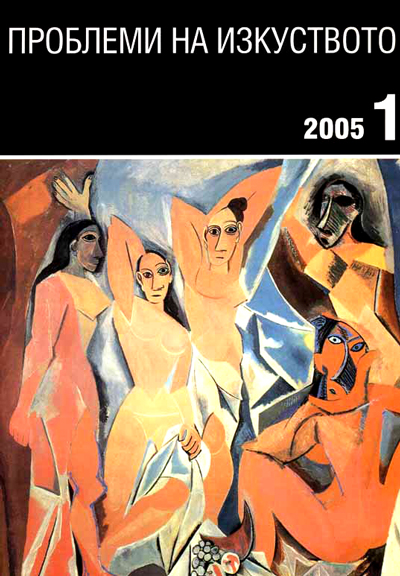
We kindly inform you that, as long as the subject affiliation of our 300.000+ articles is in progress, you might get unsufficient or no results on your third level or second level search. In this case, please broaden your search criteria.

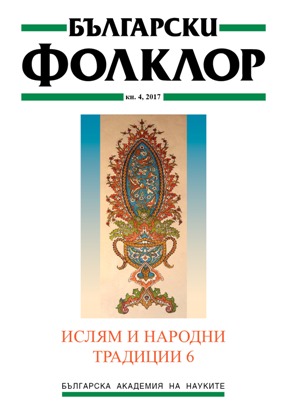
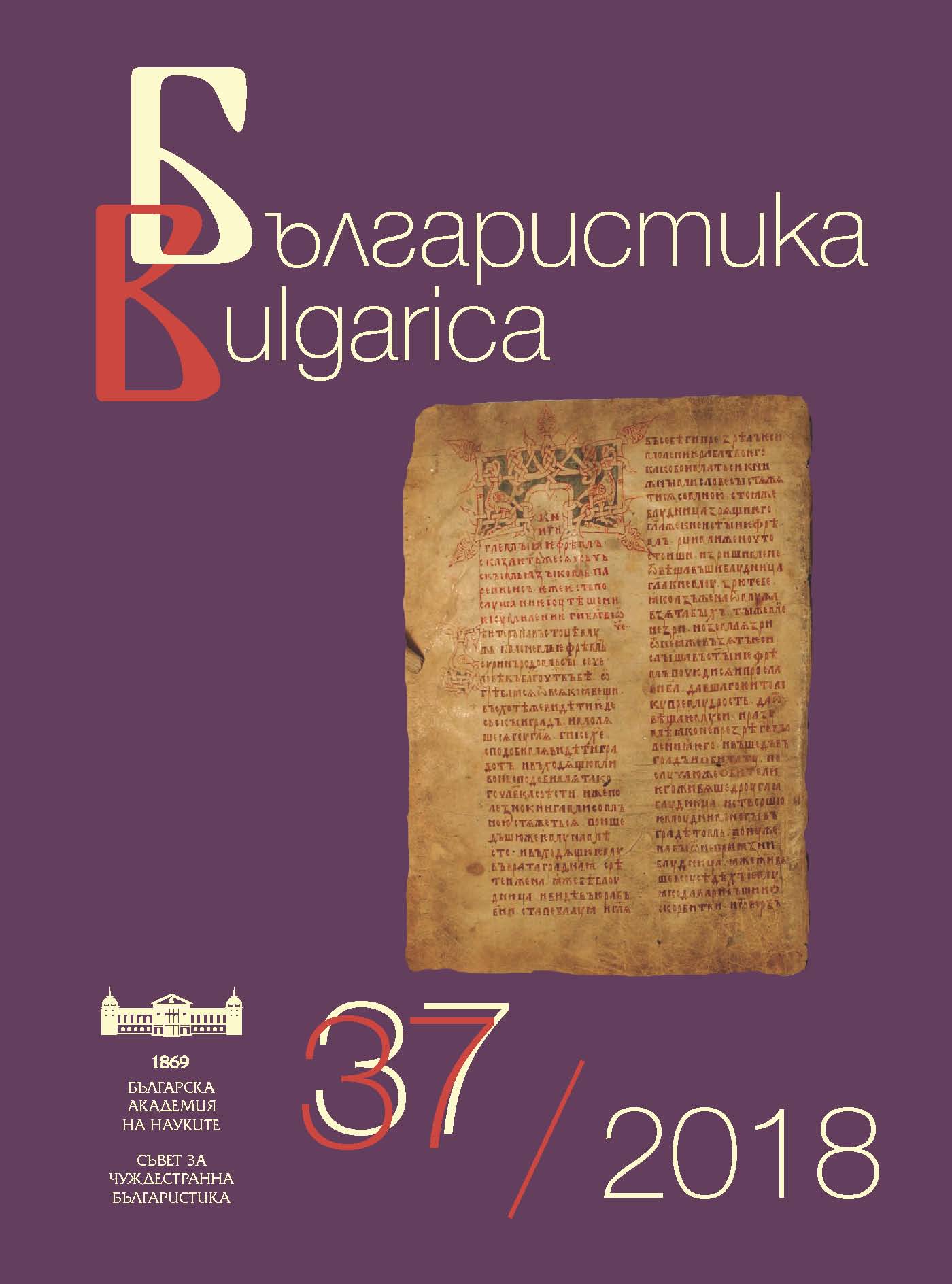
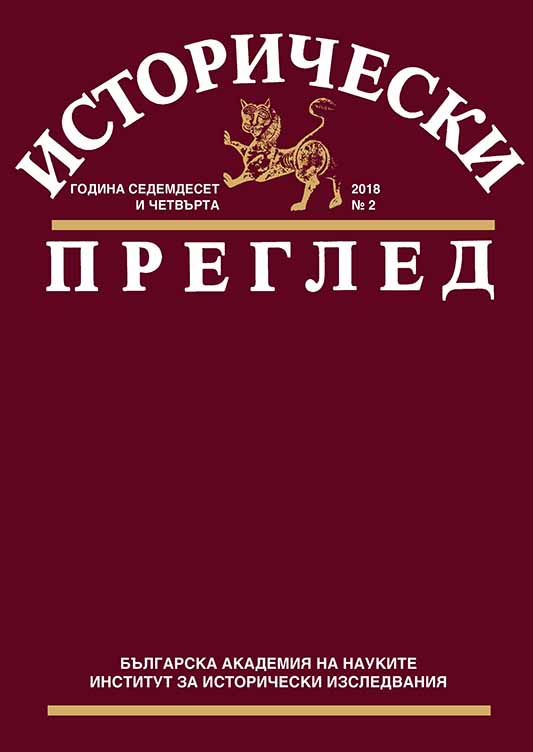
In 2018 it is 75 years since the rescue of the Bulgarian Jews. On this occasion, I bring to the attention of the readers of Istoricheski Pregled a story about the life and activity of a person who experienced the threat to be sent to the Treblinka camp; who fought for her freedom and chose Bulgaria for her homeland – Sophie Leon Pinkas, born on 1 September 1923 in Vidin. In Bulgaria she graduated from school and then completed her higher education and became a specialist in pediatrics, defended her doctoral dissertation and habilitated.
More...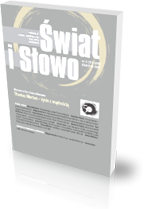
The year 2018 marks the quinquagenary of Thomas Merton’s death. A wealth of international events has been organized to commemorate this monk, writer, peace and social justice activist, renewer of monastic life, and significant contributor to interreligious dialogue. This issue of the biennial journal "Świat i Słowo” is a Polish contribution to those events. Consisting of two original articles written specifically for this occasion, as well as translations of several important articles that were first published in "The Merton Annual” - a flagship journal of international Merton scholarschip – Thomas Merton – Living with Wisdom pays homage to the versatility and intellectual and artistic accuity of the famous Trappist monk. Foregrounding the trope of wisdom, the articles gathered here present crucial aspects of Thomas Merton’s life and writing.
More...

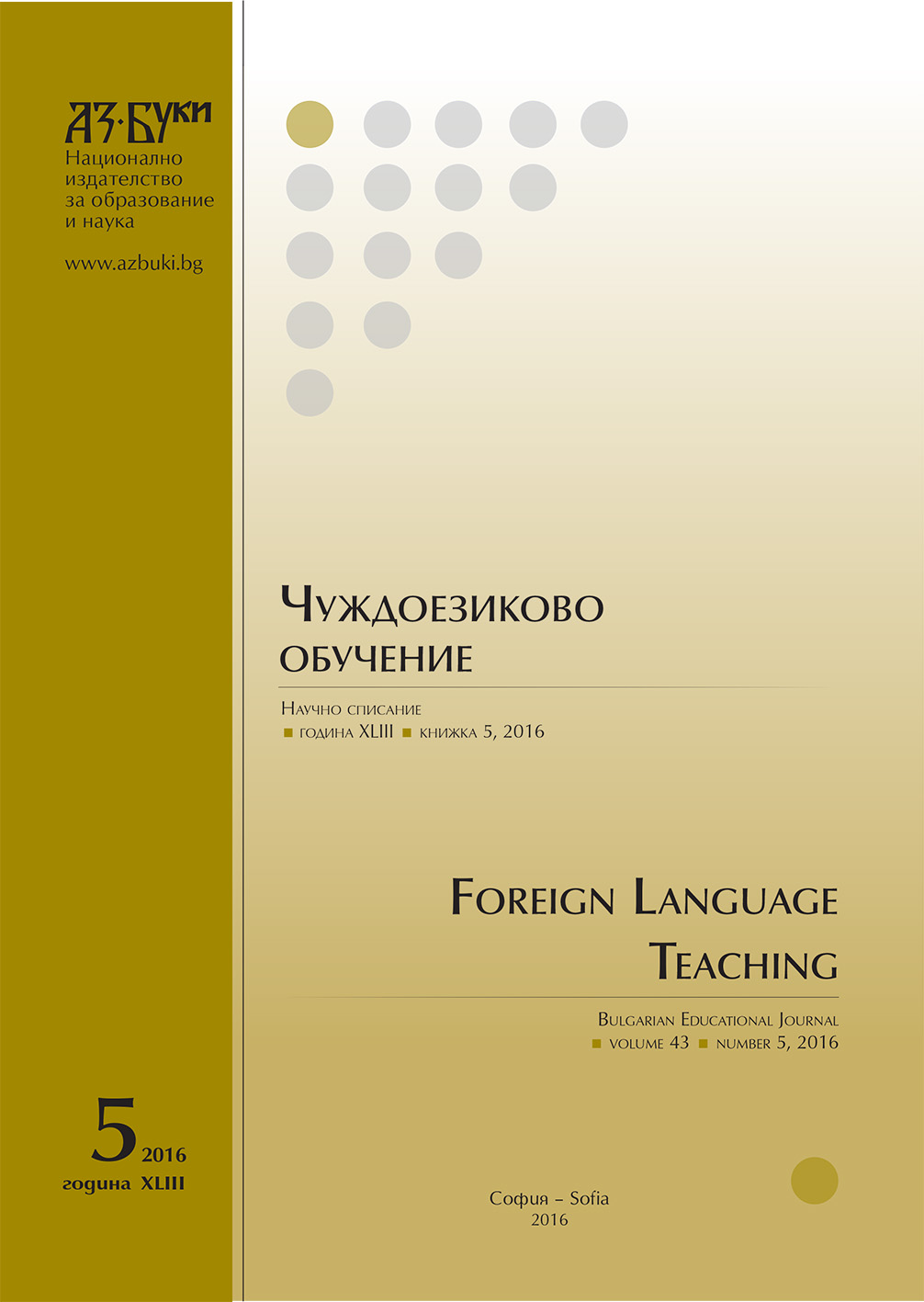
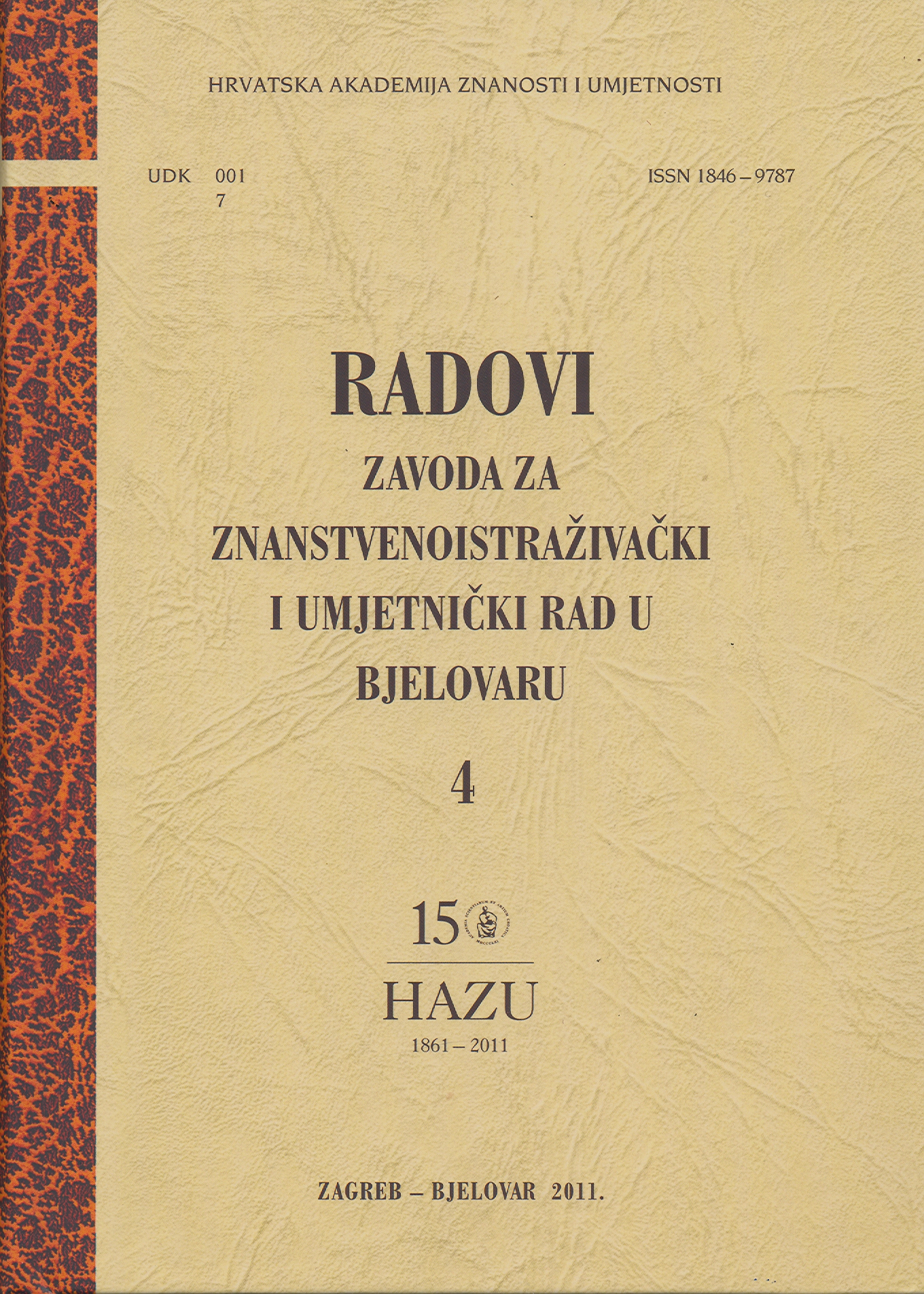
The paper presents the results of the visual clay and glaze analysis carried out on restored stove tiles and pieces safe-kept at the Museum of Moslavina in Kutina; these results indicate that for the making of all the analysed stove tiles, which were synchronously made, the same casts and two types of clay were used. The stove tiles of Garić grad are divided into twenty various types and compared with analogue finds of stove tiles originating from the area divided into the so-called western and eastern region of the stove-making production. Stove tiles with full decorative front plates have relief ornaments – presentations as found in bestiaries, mediaeval literary descriptions of monsters and animals. When comparing the illuminations in the subject manuscripts with the presentations on stove tiles, all the motives used and their symbolics may be unmistakably recognised. Further, when considering the motives on the front plates and comparing them with analogue material, the influence of the stove-making products from workshops dating from the era of Sigismund of Luxemburg (the first half of the 15th ct.) may be recognised.
More...
The monastery of St. Paul in Garić is one of the oldest Paulist monasteries in Croatia. It seems credible that the lord of Garić-grad, Henrik of Hungary (where the order was founded in 1215), invited the hermits there. Upon arrival to Moslavina, the hermits found peace and quiet they needed for prayer and contemplation. After having studied the documents, the author came to the conclusion that hermits came to Garić either at the same time when the Paulists came to Dubica (in 1244) or earlier, since – according to the documents available – the Paulists of Garić had already had a domicile in 1256, and a while later, they began building the monastery and the church of the Blessed Virgin Mary. They extended and added on them in the early 15th century, and thus created a complex that comprised all they needed for everyday life; thanks to the local aristocracy, they became rich landowners and, consequently, economically independent. The monastery in Garić was the locus credibilis – the place of credibility, in which local aristocracy used to keep their important documents and valuables. The church of the Blessed Virgin Mary was a well-known place of pilgrimage. 588 documents (deeds of gift, testaments, etc.) witness to the greatness and the importance of this mediaeval monastery. The last document from the monastery in Garić dates from 1520. As the danger approached, the Paulists moved their archives and valuables to Remete and Lepoglava; around 1543, together with the people, they fled from the Turkish army and the Armatoloi in search of a safer place. After the fall of Garić-grad (in 1544) and Moslavina (in 1545), neither the Paulists nor the people survived there. After Moslavina was freed in 1591, the Paulists of Garić endeavoured to revive the life in their monastery; however, they did not succeed.
More...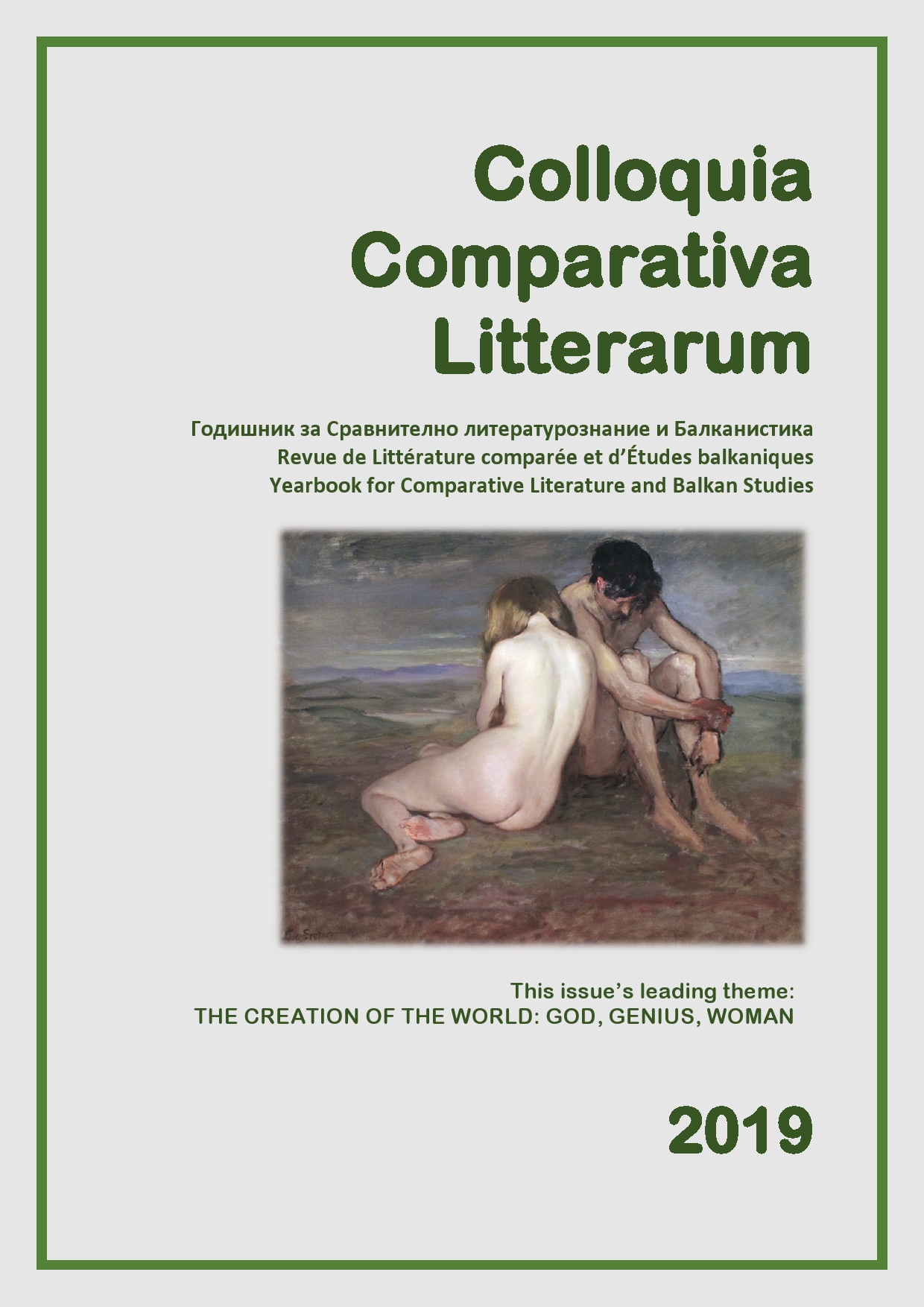
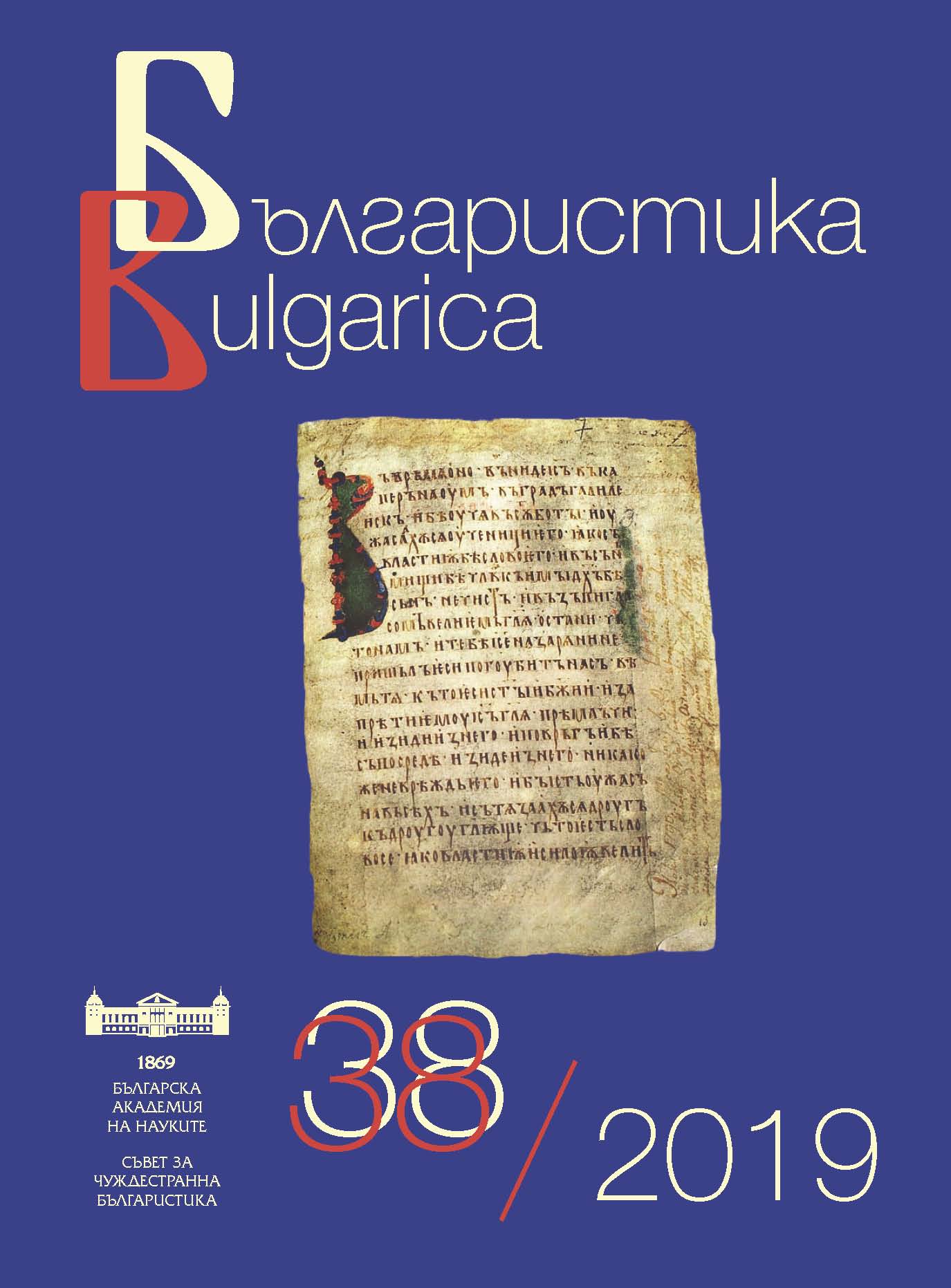



The aim of this paper is to analyse femininity as a cinematic depiction of uniqueness in three of Abbas Kiarostami’s films, Certified Copy, Like Someone in Love and a short film included in the anthology film Tickets, investigating the problem of universality and individuality in close connection with Jacques Lacan’s formula “The Woman does not exist”. Following the psychoanalytical approach that leads us to the problem of feminine jouissance and the way women escape from the phallocentric generalisation, we will emphasize the philosophical relevance of three recurring themes in Kiarostami’s films: woman’s identity, past-present continuity and artwork originality. This approach will allow us to grasp the problem of time, uniqueness, continuity and perception in Husserlian phenomenology and Gadamer’s philosophy of art, alongside the critique of truth in Heidegger’s ontology as well as in Austin&Searle’s “speech act theory”. The nodal point of these theories will be a concept of reality involving the consciousness and the interpretive acts of a subject and the woman’s role in expressing originality
More...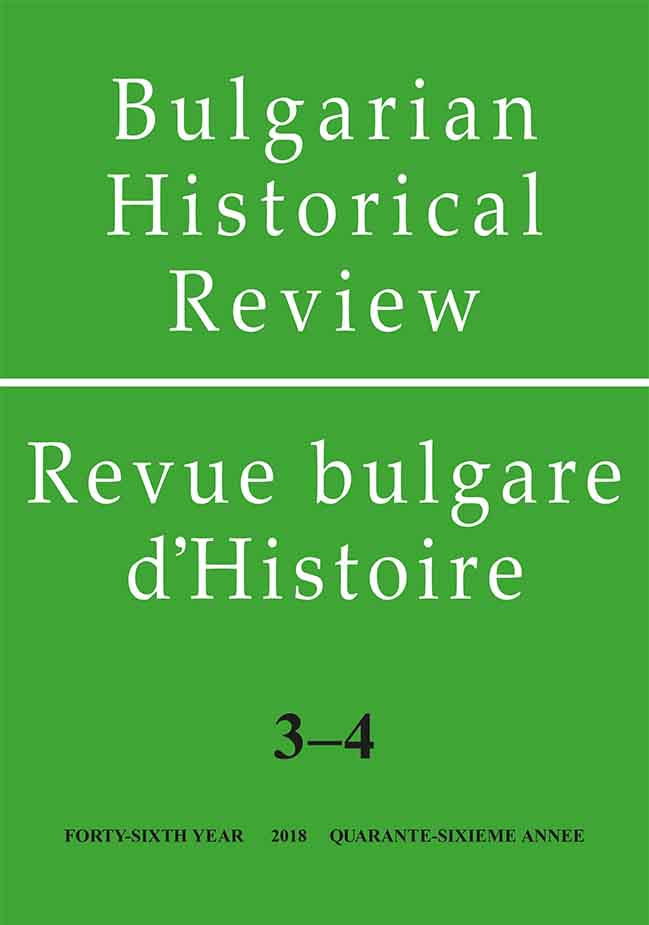
The article is devoted to an Old Testament apocrypha – the Testament of Abraham – and its presence, its importance and its functions in the convoy of a predominantly legal and polemical antiheretical collection compiled in the Principality of Moldova in the 16th century (BAR, Ms. Sl. 636). The first part of the article presents a deuterocanonical text, its variants, its history and the language in which it was created, and the environment in which it arose. Particular attention is paid to the translations of THE TESTAMENT OF ABRAHAM. Of course, the emphasis is on the Slavonic-language tradition of the text as well as on its convoy in the manuscripts through which we know it. Finally, the original Slavic text is published, with an interpretation of the individual chapters in relation to the Greek prototype of the work.
More...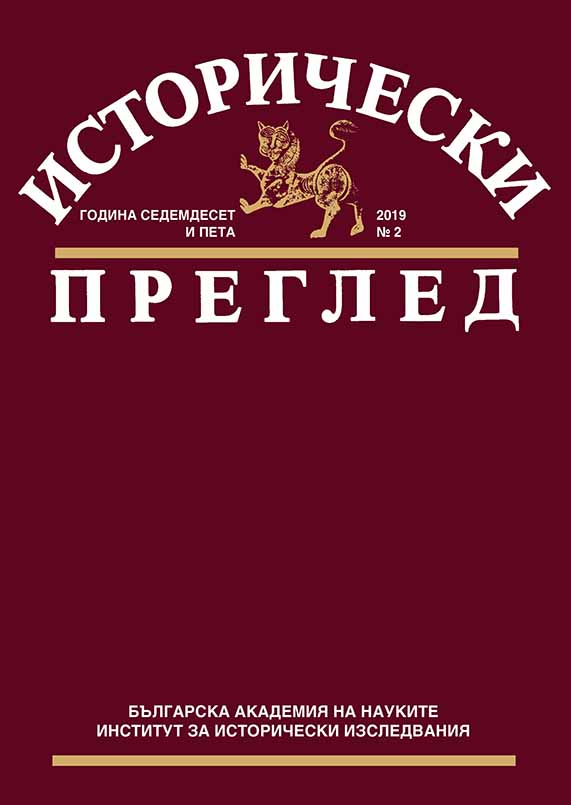
The Russian Chronograph is one of the most significant chronicles in Russian literature. It has several redactions – the First from 1512, the Basic from 1617 and the West Russian from the middle of the 16th century. Each of the variants contains information about Bulgarian history from the settlement of the Proto-Bulgarians in the Danube River area until the death of Tsar Mihail III Shishman. The West Russian version differs because of the distinct sources used in its compilation. This peculiarity is also noticed in the evidence on Bulgarian history, which has not yet been the subject of independent research.
More...
Documentary compilation review
More...
This paper is celebrating 50 years of research in semiconductor devices and microelectronics. The first research centre (1969), becoming later a research institute (ICCE, 1974) was created in the middle of the industrial platform for semiconductor industry and it was meant to facilitate the industrial growth and then to complement the activity of this industry. ICCE expanded and diversified its activity at the political demand (part of the unrealistic policy of avoiding any imports), collapsing after 1990 (the personnel decreased from 1500 to 200, in 1996). Still, the experience of engineers and researchers was extremely useful when ICCE merged with IMT, in a national institute focussed on microtechnologies, i. e. semiconductor technologies used to construct microsensors and microsystems, following the EU orientation. IMT was successful in participating to a record number of European projects, and also benefiting from the correlation of national programmes with EU policy, the structural funding a.s.o.
More...